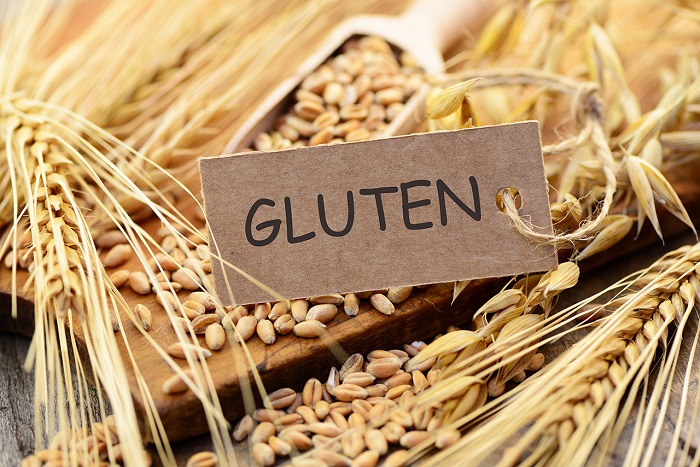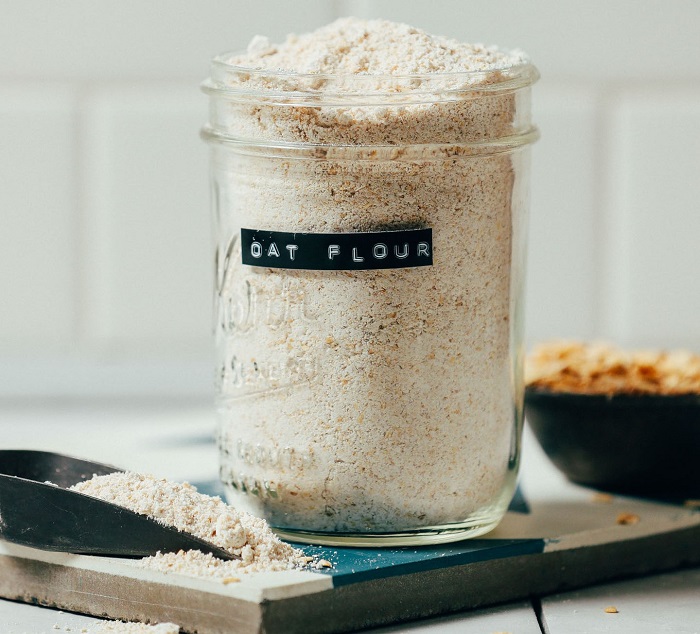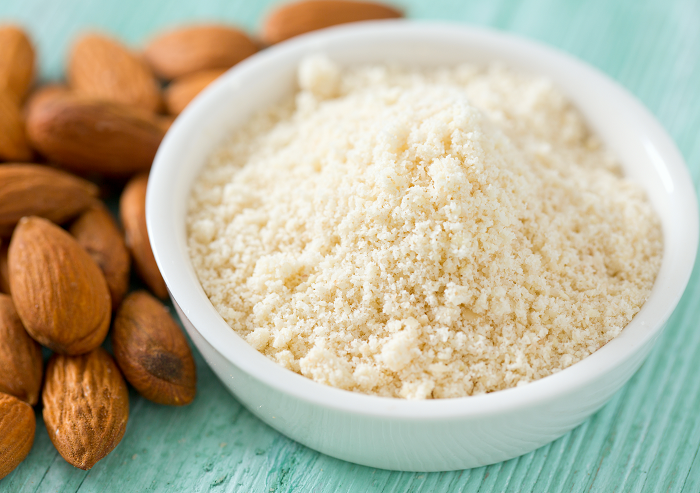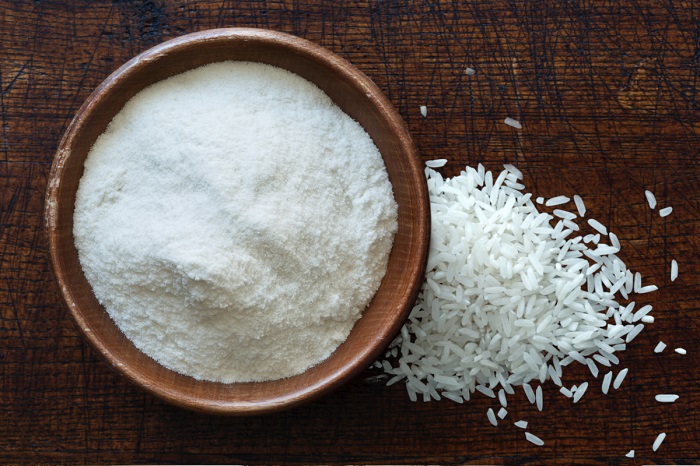The gluten-free diet has attracted increasing attention in recent years. With more people becoming conscious of their health, as well as the food they eat, it is no surprise that trying to scale back on gluten is becoming as popular as trying to reduce weight or live a healthy lifestyle. You should be careful, though. With such widespread appeal comes a plethora of contradictory information concerning gluten-free flour. Each flour has unique properties, and it’s crucial to understand how it all works in order to try and make the greatest baked products possible.
Gluten Explained

Gluten is a protein that gives bread, pastries, and other baked goods their chewy texture. It’s also the reason why these foods are so good. But, for people with celiac disease or gluten intolerance, it’s a different story. Gluten makes them ill as it can cause abdominal pain, bloating, diarrhoea and even vomiting. On top of that, eating gluten can make someone feel generally unwell, leading to issues like headaches and fatigue. But what exactly is gluten?
To put it simply, gluten is a protein found in wheat (including wheatberries, durum, emmer, semolina, sprouted wheat, spelt and Khorasan), rye and barley. If you have celiac disease or are intolerant to gluten, you’ll need to avoid all of these food products. Gluten can also hide in unexpected places like soy sauce, salad dressings, and candy bars, so always check the ingredients if you’re unsure whether something contains gluten!
Gluten-free Flour Types
When someone is diagnosed with celiac disease or gluten sensitivity, one of the first steps to take is to cut out wheat and other gluten-containing grains from their diet. But what do you do when you’re craving that chocolate cake, pizza crust or bread? Gluten-free flours are the answer.
There are plenty of gluten free cake flour types so there’s no need to fret. Some of the most popular types include the following:
Oat Flour

Oat flour is made from oats that are ground into a fine powder. You can make it yourself by grinding oats in a food processor, or buy it pre-made. The finer the powder consistency of the oat flour, the better it will work as a substitute for wheat flour in most recipes.
Oat flour can be used as an ingredient in many baked goods, pancakes and waffles, and other foods. It can also be used as a thickener for sauces or soups (though if you’re using it as a thickener, opt for a course grind instead of a fine grind).
Oats provide many health benefits due to their high fibre content, which helps lower cholesterol levels and control blood sugar. They also provide protein and nutrients such as iron and potassium. As with all flours, however, the calories add up quickly, so if you’re trying to lose weight, use only small amounts of any type of flour in your recipes.
Almond Flour

Almond flour is another gluten-free, grain-free alternative to traditional all-purpose flour. For those following a paleo or gluten-free diet, it’s a staple ingredient in many recipes. Almond flour can easily be made at home with a grinder using blanched almonds. Or you can purchase almond flour at most grocery stores and online retailers.
Almond gluten free cake flour has a higher fat content than regular all-purpose flour and is often more expensive. It’s also less versatile than all-purpose flour, however, it can be used to make muffins, cakes, scones and cookies though the resulting texture may not be quite as light or airy as the original recipe. If your family doesn’t have Celiac disease or another gluten sensitivity, you could substitute half the all-purpose flour in your favourite cake recipe with almond flour for a different flavour and texture.
Rice Flour

Rice flour, as you might have guessed, is made from ground rice. It can be made from either white rice or brown rice, though white rice flour is more widely available and less expensive. Both white and brown rice flours are gluten free, which makes them a great option for those following a gluten free diet.
Aside from being gluten free, brown rice flour has some added nutritional benefits because it isn’t processed (which is how white rice flour is made). Brown rice flour has fibre and protein, while white rice flour doesn’t. Because of its nutritional benefits, brown rice flour will be slightly more expensive than the white rice alternative. Rice flour has a mild flavour that tastes similar to the actual grain of cooked rice. Its texture lends itself nicely to baked goods like cakes and cookies, which makes it a popular gluten free baking option.
Final Thoughts
Above all else, gluten-free flours can be a wonderful addition to your pantry. They add versatility to your baking while allowing you to avoid products typically found in wheat-flour based baked goods. Since it is often difficult to be certain that you are purchasing gluten-free flours without falling into their trap (many foods can appear as gluten-free on the label, but still contain wheat), it is important to do a little research before you begin using them in recipes.












